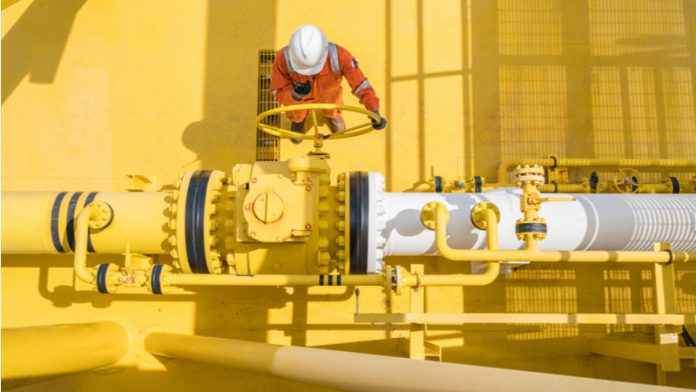Global crude oil futures, including the WTI and Brent, may continue to drop this week after the US and International Energy Agency (IEA) countries agreed to release emergency reserves.
This comes on the heels of stiff inflation of oil and gas prices, which led to an increase in petrol, diesel and oil prices for commuters, and increased production costs for industries reliant on hydrocarbons.
It is understood that Americans were paying, on average, up to US$1 (390 baisas) per gallon of petrol since the start of the Ukraine-Russia conflict. Prices of oil and gas in EU countries also rose, leading to increased heating and petrol costs.
A statement by the White House read: “After consultation with allies and partners, the President [Jo Biden] will announce the largest release of oil reserves in history, putting one million additional barrels on the market per day on average – every day – for the next six months.”
The scale of this release is unprecedented: the world has never had a release of oil reserves at this 1mn per day rate for this length of time. This record release will provide a historic amount of supply to serve as a bridge until the end of the year when domestic production ramps up.
The White House added: “The Department of Energy will use the revenue from the release to restock the Strategic Petroleum Reserve in future years.
“This will provide a signal of future demand and help encourage domestic production today, and will ensure the continued readiness of the Strategic Petroleum Reserve to respond to future emergencies.”
Meanwhile, the member countries of the IEA agreed to release some 120 million barrels of oil reserves from April 6.
Oil prices have been trending lower globally over the course of the week, with Omani crude oil prices trading at US$97.42 per barrel, at levels that were first witnessed six weeks ago. While the reserve release creates a net for oil futures, COVID-19 restrictions and lockdowns in parts of China have also contributed to bearish futures.
Market participants in an S&P Global Commodity Insights survey stated that ‘a prolonged lockdown in China’s financial hub of Shanghai was also easing the wider oil complex. The megapolis with 25 million inhabitants makes up a substantial part of Chinese oil demand.’
Meanwhile, OERLive learns that crude oil production by OPEC and its allies fell in the month of March for the first time in over a year, further contributing to destabilisation in the market even as IEA nations ramp up oil supplies.
As per S&P Global Commodity Insights, OPEC’s 13 members raised their outputs by 60,000 b/d to 28.73mn b/d in March, but this was more than offset by a 160,000 b/d decline by the bloc’s nine allies, who pumped 13.91 million b/d.
The report added: “With the net decline of 100,000 b/d, the widening gap between the OPEC+ production and quotas rose to a record-high 1.24 million b/d. This has cast further doubt on the group’s ability to meet growing global oil demand, which many analysts expect to return to pre-pandemic levels in 2022.”






